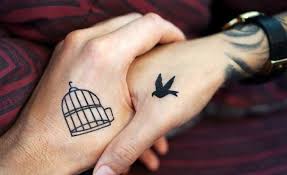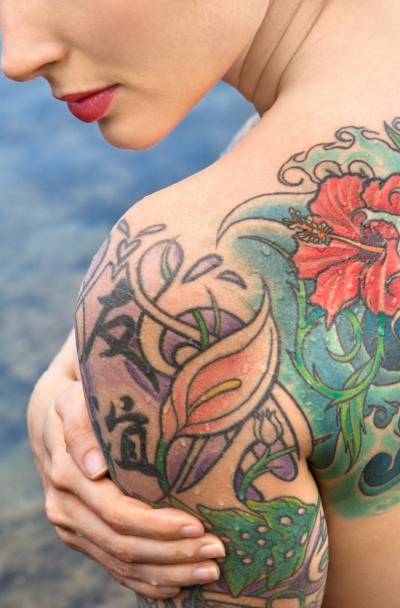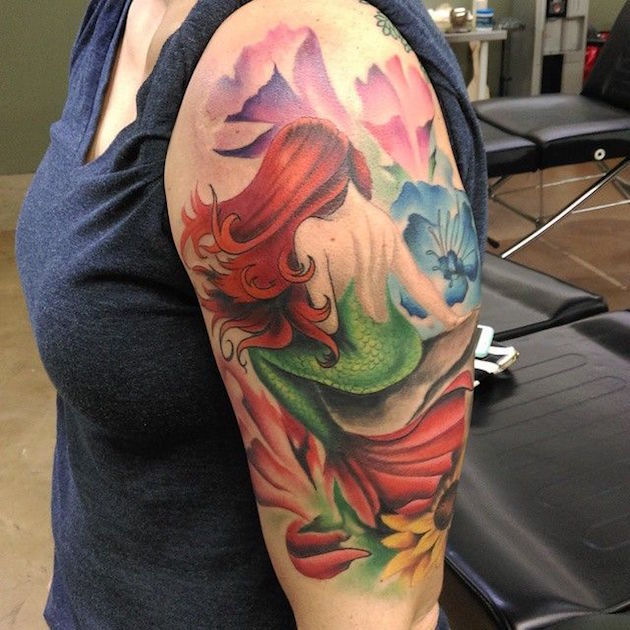Tattoo creation is a form of art. You can learn the fundamentals in different ways. These include studying books, watching videos, or directly apprenticing with an experienced artist.

Tattoos are an expressive art form. They are a part of many cultures. tattoos represent a wearer’s past, heritage, and individuality.
Design
The process of tattoo design is intimate. When creating a design for yourself, consider what will look best. Details such as lettering style or symbols are essential.
Symbols can vary widely. They can be pieces of artwork like flowers or leaves. Or they can be animals or objects. When incorporating symbols in a design project, consult with a professional. This ensures the symbol’s appropriateness for your body type.
When choosing tattoo colours, consider your skin tone and undertone. Different hues will show differently on different complexions. Some may require touch-ups later.
Stencilling
Tattoo stencils offer a quick method for creating designs on the skin. They work well for simple designs like hearts, stars, or banners. More complex motifs can also benefit from stencils.
Tattoo artists often use tablets and special software for their designs. These tools simplify the process of creating perfect tattoos. They also allow users to resize or duplicate designs as needed.
After completing your design, print it onto thermal or carbon transfer paper. By reusing one stencil multiple times, you can reduce costs significantly.
Inking
Inking is the process of applying colour to designs. This happens after the design has been drawn or outlined. It’s a crucial step for producing high-quality tattoos.
Start by sketching your design in pencil. This helps identify the main lines, focus, and proportions. It also simplifies the inking process. No pencil mistakes will need to be drawn over!
Next, print your design onto thermal paper. Most tattoo artists prefer thermal paper. However, tracing paper could also be an option.
Thermal paper has four layers. The tattoo outline is on the top layer. An onion layer needs to be removed before printing. There’s carbon ink on one sheet. The bottom layer is an adhesive protective backing. Tracing paper has one translucent layer. Both types of paper work well with thermal printers and digital images.
Covering
There are two forms of inking in tattoo making: outline and shading. Outlining is drawing single lines. Shading involves applying ink over a larger surface area in multiple passes.
Covering tattoos is about hiding them from public view. This can be for various reasons. It could improve one’s appearance for an event or an interview. Or it might be due to personal preference or cultural norms.
Various techniques and products can conceal tattoos. Makeup is one option. Celebrity makeup artist Brandy Allen suggests using foundation or concealer. This allows you to correct colour and neutralize areas where makeup doesn’t fully cover.

